Your cart is currently empty!
Fall protection
Fall Protection for Wells – What You Should Use
Here is a clear and practical overview of what to use as fall protection for wells, including stormwater wells, wastewater wells, LTA/LPS pump stations, drainage wells, water meter wells, and tanks.
This is important for safety, regulations, and work environment requirements.
Why is fall protection needed in wells?
Wells and tanks pose a fall hazard, especially when:
-
the cover is removed
-
maintenance or pump service is performed
-
children are present on the property
-
pumps are lifted in LTA/LPS stations
-
inspection personnel are working on-site
The fall protection prevents people and tools from falling into the well.
1. Safety Grids (Most Common & Best Solution)
The most common and recommended fall protection for all well types is:
✔ Safety grid / protective grate
Made of:
-
galvanized steel
-
stainless steel
-
composite
-
plastic (for smaller wells)
Placed just below the cover or inside the cover frame.
Advantages:
-
Prevents falls
-
Allows air and gas ventilation
-
Prevents tools from being dropped
-
Remains in place even when the cover is opened
-
Easy to retrofit
Commonly used in:
-
LTA/LPS pump wells
-
Stormwater wells
-
Sewage inspection wells
-
Water meter wells
2. Internal Safety Platforms
A safety platform is a solid internal shelf or plate, made of:
-
plastic
-
composite
-
metal
-
reinforced grate
Installed 20–40 cm below the top of the well.
Used when:
-
the well is deep
-
personnel may work inside
-
pumps are lifted with chains
Advantages:
-
Better fall protection than a grid
-
Tools can be placed on it
3. Child-Safe Covers (Secondary Protection)
Child-safe covers are lockable covers that require a tool to open.
Available in:
-
plastic
-
composite
-
cast iron
Important:
Even child-safe covers should have a safety grid underneath in pump and VA wells.
4. Internal Safety Rings
A safety ring installed in the well neck, supporting a grid or platform.
Common in:
-
concrete wells
-
older wells without grid brackets
5. Temporary Fall Protection (Service Work)
Used by contractors and utility technicians when covers are removed:
-
Work platforms
-
Foldable protective bars
-
Portable grid barriers
6. Fall Protection Harness (Deep Wells Only)
For deep inspection wells (>1.2–1.5 m) or municipal VA chambers:
-
Personal fall protection harness
-
Tripod or rescue winch
-
Gas detector (if hazardous gases may occur)
This applies mainly to professional work environments, not private yards.
⭐ What Should You Use on a Residential Property?
✔ LTA/LPS pump well
-
Safety grid (mandatory)
-
Lockable cover (recommended)
✔ Stormwater well
-
Grid (if open)
-
Internal safety grid for deep wells
✔ Water meter well
-
Safety grid or platform
-
Insulated cover if shallow
✔ Drainage well
-
Grid if the well is deep or open
-
Child-safe lock on the cover
✔ Tanks (infiltration, wastewater)
-
Cover + safety grid underneath
Best and Easiest Solution
A safety grid installed directly beneath the cover
This is the standard, safest, easiest, and most affordable solution.
-
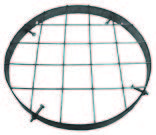
Art.nr: 501036
Fall protection for well 280-310mm
52,44 € Add to cart -
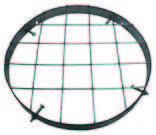
Art.nr: 501037
Fall protection for well 350-410mm
70,84 € Add to cart -
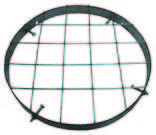
Art.nr: 501038
Fall protection for well 570-610mm
89,24 € Add to cart -
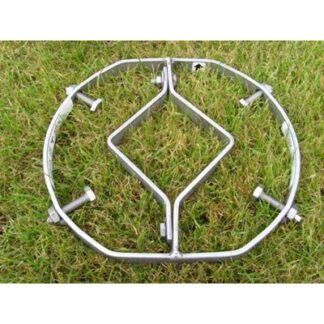
Art.nr: isp110300
ISP Fall Protection 290-330, Stainless
119,14 € Add to cart -

Art.nr: isp110400
ISP Fall Protection 360-410, Stainless
146,74 € Add to cart -
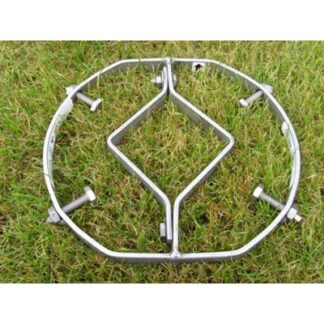
Art.nr: isp110500
ISP Fall Protection 460-530, Stainless
183,54 € Add to cart -

Art.nr: isp301600
ISP Fall Protection 575-645, Stainless
201,94 € Add to cart -
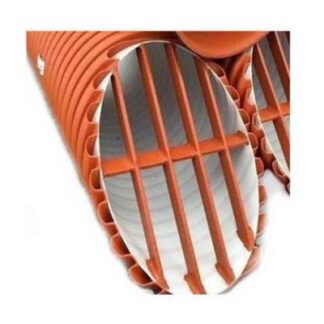
Art.nr: 1081256051
K2-Kan Drum eye 200
91,54 € Add to cart -
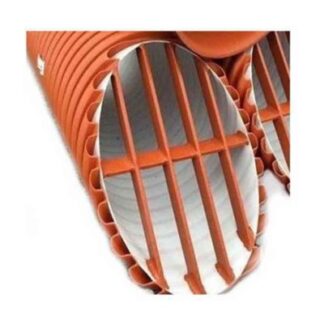
Art.nr: 19039353
K2-Kan Drum Eye 300
179,40 € Add to cart -
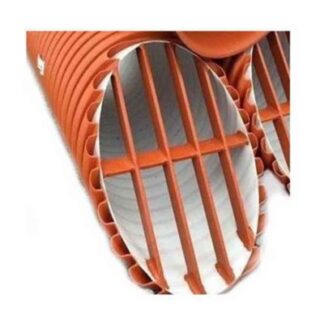
Art.nr: 19039354
K2-Kan Drum eye 400
193,20 € Add to cart -
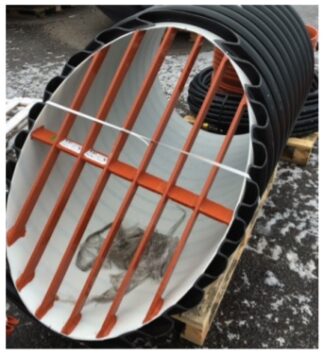
Art.nr: 19039355
K2-Kan Drum Eye 500
274,16 € Add to cart -

Art.nr: 19039356
K2-Kan Drum eye 600
363,40 € Add to cart

